For decades, the open-plan office was the symbol of collaboration and creativity. Walls came down, barriers disappeared, and the idea of “togetherness” defined the modern workplace. But as work itself evolved, shaped by technology, flexibility, and a new understanding of human needs, so did the spaces where it happens. The modern office is no longer just a place to work. It’s a living ecosystem that adapts, supports, and inspires.
The Rise and Fall of the Open Plan
The open-plan layout promised connection. Teams could communicate faster, share ideas freely, and foster a sense of community. But over time, the drawbacks became clear. Noise, distraction, and a lack of privacy began to wear people down. Productivity declined, and the very collaboration that open spaces aimed to encourage started to fade. The pandemic accelerated this realization, pushing organizations to rethink what people truly need when they come to the office.
The Shift to Hybrid Work
Today, work happens everywhere, at home, in cafés, in co-working spaces, and yes, still in the office. This shift has transformed the workplace into something more intentional. People now come to the office for a purpose: to connect, collaborate, or recharge. Flexibility is no longer a perk; it’s a necessity. The new office must bridge physical and digital experiences, creating seamless transitions between virtual and in-person collaboration.
Designing for Choice and Wellbeing
Modern office design revolves around choice. From quiet pods for focused work to open lounges for informal conversations, every zone has a purpose. It’s not about forcing interaction, it’s about enabling it. Lighting, acoustics, and ergonomics are no longer afterthoughts; they’re essential to comfort and wellbeing. Spaces now respond to human rhythms, supporting both productivity and mental balance.
Technology as the Invisible Enabler
The modern office is infused with technology that quietly supports connection and efficiency. Smart systems adjust light and air quality. Digital collaboration tools make hybrid meetings feel more natural. Furniture adapts to new behaviors, making every corner a potential workspace. The goal isn’t to showcase technology, it’s to let it disappear into the background, creating effortless experiences for the people who use it.
A Human-Centered Future
As we look ahead, one thing is clear: the workplace will continue to evolve, but people will remain at its core. The best offices will be those that reflect empathy, flexibility, and authenticity. They’ll balance openness with privacy, structure with freedom, and digital with physical presence.
We design with this future in mind. Every desk, chair, and pod we create is built to support a hybrid world, spaces that adapt to people, not the other way around. Because the future of work isn’t just about where we work, it’s about how we feel when we do.
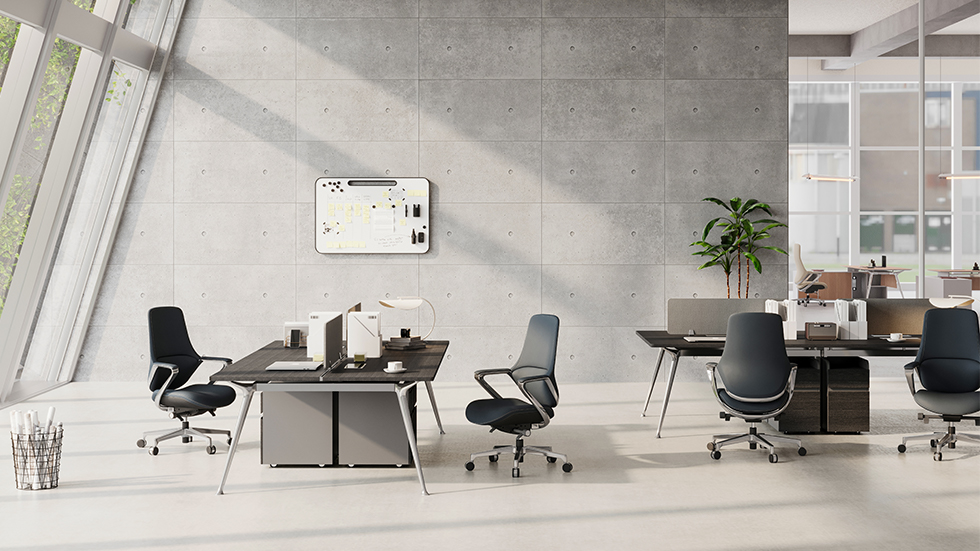
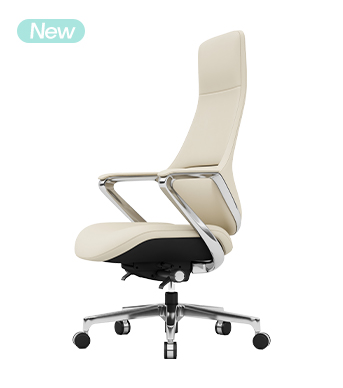
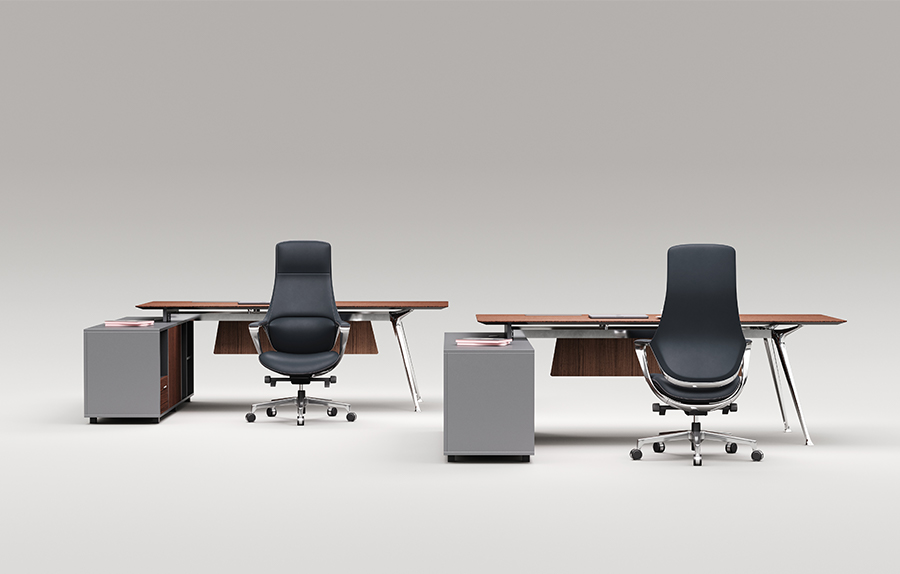
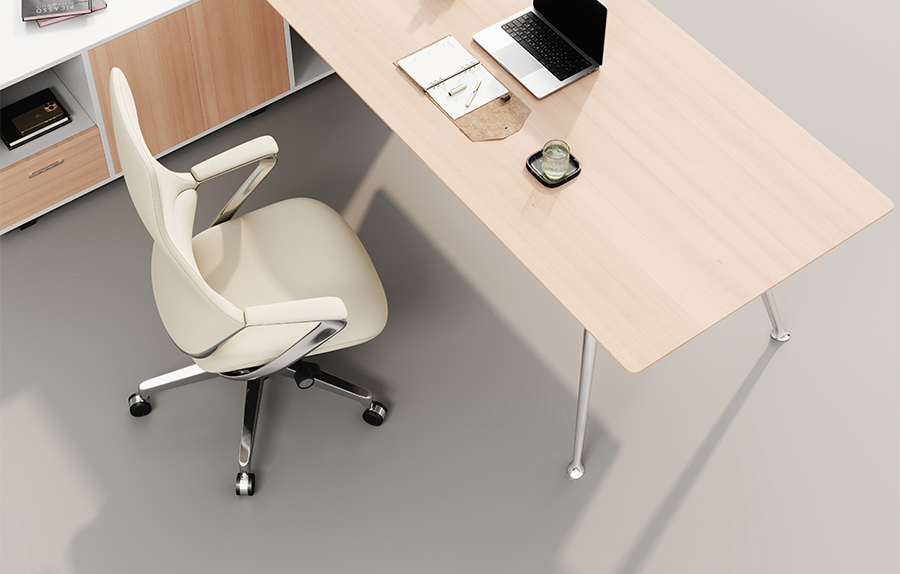
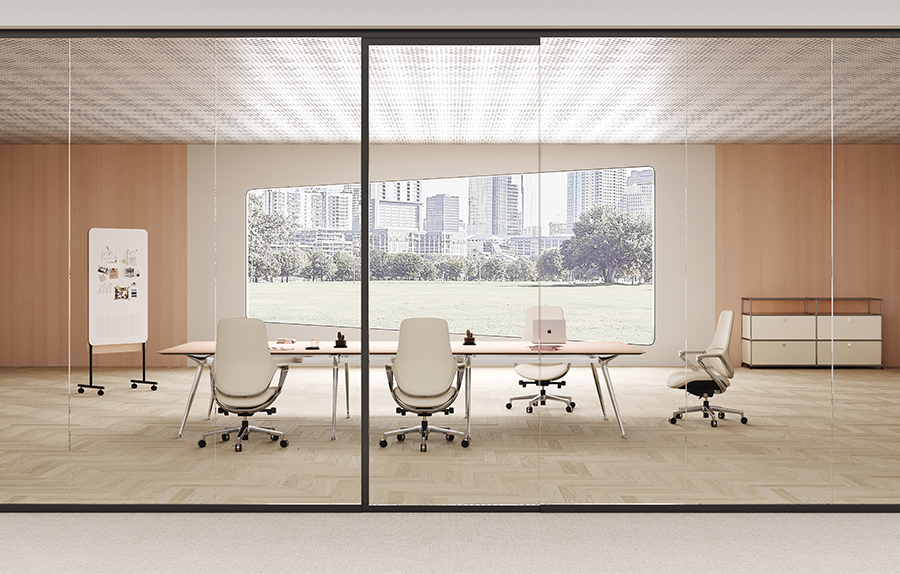

























































.jpg?>)
.jpg?>)
.jpg?>)
.jpg?>)
-1.jpg?>)
.jpg?>)
.jpg?>)
.jpg?>)
-1.jpg?>)
-1.jpg?>)
-1.jpg?>)








































